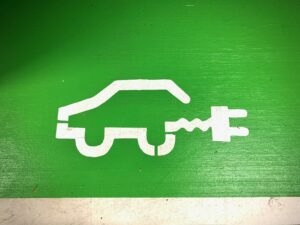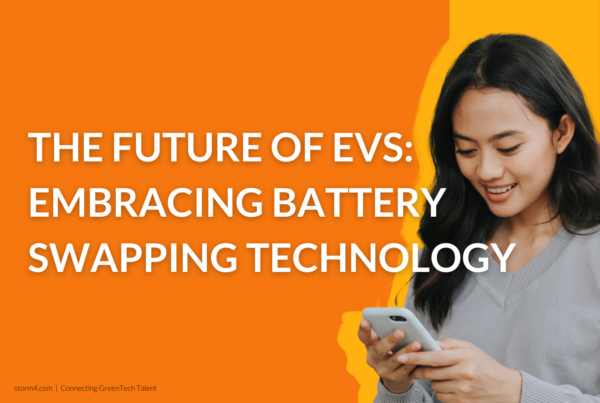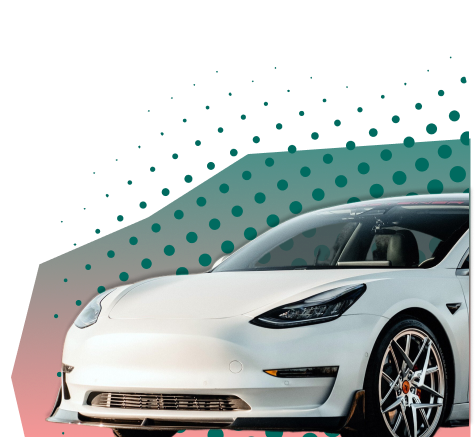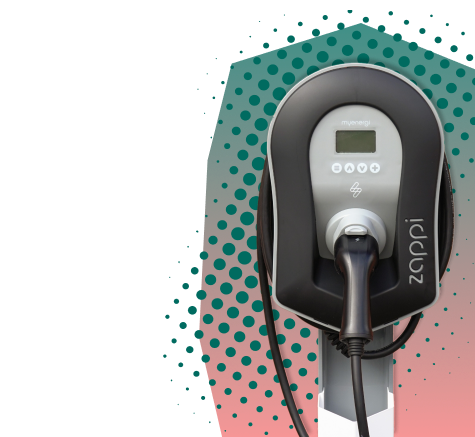The race is on
Building EV charging infrastructure in the fastest way possible has never been more crucial when it comes to accelerating the adoption of electric vehicles. Simply put, without the right infrastructure in place, consumers cannot switch to electric powered cars at the pace and volume that is required. Although transportation itself is not the most polluting industry, it is amongst the top four polluters when it comes to emissions, taking into consideration both private vehicles as well as commercial fleets.
When it comes to building out the infrastructure, it appears that there are a few different things standing in the way throughout the process. At Storm4, we decided to have a look at the global obstacles, to understand what impact could they have on EV charging infrastructure and adoption of electric vehicles.
 Governments put increasing pressure, but bureaucracy stands in the way
Governments put increasing pressure, but bureaucracy stands in the way
In the US, it appears that one of the problems standing in the way are local government bureaucracies. The need for acquiring many permits and zoning requirements, to lengthy administrative processes, these situations cause a significant delay in building out the infrastructure, despite many EV charging companies and local businesses willing to provide access to charging. In Europe, acquiring permits is not such an excruciating process, but the financials are the bigger issue here. According to McKinsey, within the EU, typical 350-kilowatt (kW) charger can cost $150,000, including hardware, installation, and planning. There is a greater need for the costs of the infrastructure to be lower, and streamlining of the permitting process in order to meet the ambitious goals put in place by many governments around the world.
Need for change in energy infrastructure
Another problem related to charging infrastructure is the fact that globally, there is a big urgency on reworking the already established energy infrastructure we have in place now. Especially in areas with high charging demand, the electrical grid needs to be upgraded to expand power capacity. But the costs and time needed for such updates is still high. Many countries across the globe produce enough energy to serve the current demand. But once more EVs will go out on the roads, this demand will increase, which means that proportionally, more energy will have to be produced. The electrical grids will have to expand their capacity, which without the help of governments and subsidies, might not be possible to achieve in a relatively short period of time.
Additionally, let’s not forget that the before-mentioned energy should come from renewable sources. That poises an even bigger challenge, as in many countries across the globe renewable energy is still only contributing in small extend to the entire energy supply.
Need for consolidation of the market
One of the most frequently mentioned challenges when it comes to EV charging infrastructure is the need for consolidation. Now, many different companies entering the same market can drive the innovation, but there’s some issues there. In an interview with McKinsey, Frank Mühlon of ABB talked about how majority of the dominant charging companies are privately owned.
As he said: “Utilities are predominantly owned by investors, with more than 3,000 companies operating as regulated monopolies across 50 states with 50 different regulatory bodies. As such, it can be a long and complicated process to gain approval to invest in capital-intensive programs such as EV infrastructure, particularly on a regional or national scale.”
As he mentioned, the situation in the US means that getting investment for such operations is a complicated process. In the meantime, the situation in Europe is quite different, as a big chunk of EV charging infrastructure is public. As mentioned by Giovanni Palazzo in the same interview with McKinsey, the lack of accessible public infrastructure is a significant threat when it comes to adopting electric vehicles on a wider scale. There is a big need for EV charging companies, especially in the US market, to consolidate more, so more investment can flow. Consolidation is an inevitable step, and it will need to happen in order to establish a more mature market. Additionally, there needs to be a higher cooperation between the private and public sectors, to opt for infrastructure available to anyone, anywhere and at any time.
Energy crisis
Lastly, the on-going energy crisis, happening especially in Europe will definitely play a role in the development of EV charging infrastructure. Considering the rising prices of utilities across the continent, and the “scarcity” of resources necessary, producing more energy for deployment of EVs might be a significant challenge.

So what now?
As we can see in the points above, there are a few significant challenges poised when it comes to building EV charging infrastructure. Basically speaking, until these problems are more-or-less resolved, or at least taken care off, the infrastructure necessary for widespread adoption of electric vehicles will be significantly delated, which in the end will have an impact on how fast the transition to electric mobility can happen. Considering more countries across the globe are slowly putting in legislations in place that will ban combustion engine cars, we’re slowly arriving at a tipping point. So far, we’re not building enough charging infrastructure to carry on with the increasing demand, and the market remains very fragmented. But soon enough, once we reach this tipping point, more consolidation of the private market will happen and there will be more cooperation between the private and public sectors, the market will accelerate at a very fast pace. Until then, more work has to be done in order to achieve that. Hopefully, keeping the urgency in mind, the challenges mentioned in this article will be resolved and we can carry on with the transition to electric mobility soon.
At Storm4, we proud ourselves on partnering with electric vehicles innovators who are on a mission to accelerate the transition to a greener tomorrow through electric mobility. We support in their growth plans by connecting them with top talent within the GreenTech space. If this sounds like something you need support with, don’t hesitate to get in touch! We have a network of professionals actively seeking roles across Engineering, DevOps, Firmware, Embedded, Data, Analytics, Product Management, Sales and Marketing.











